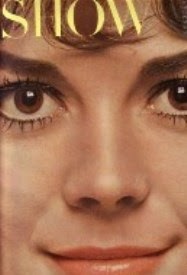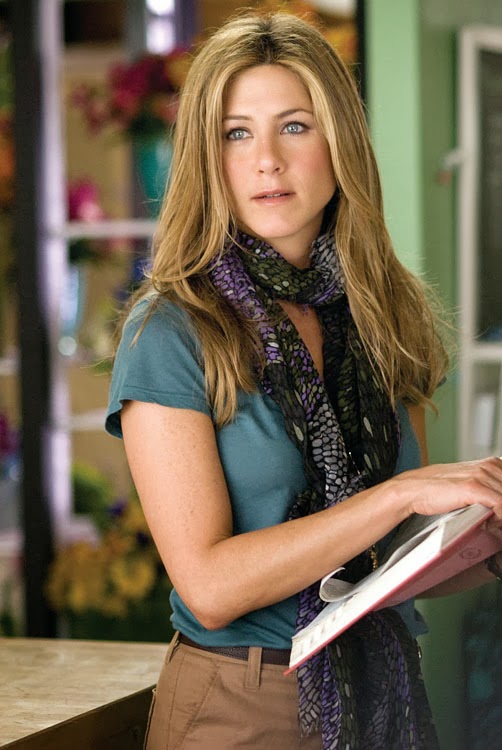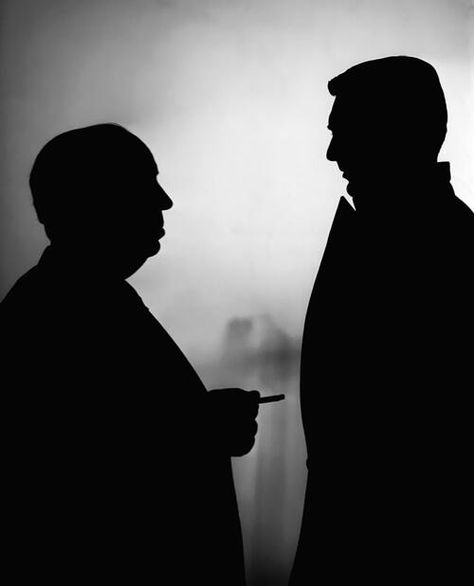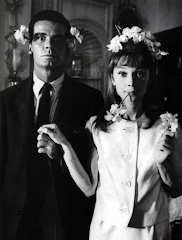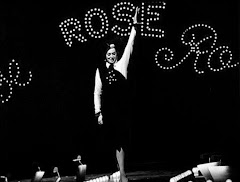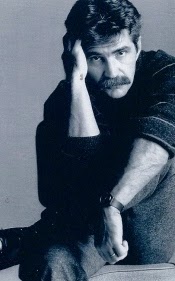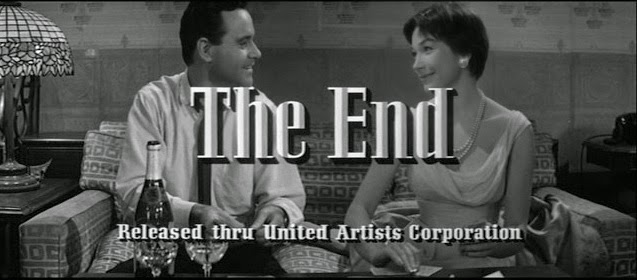... Billy Wilder conferring with Jack Lemmon and Shirley MacLaine (in glorious black-&-white) on "The Apartment." The connection?
In the hugely entertaining and affectionate “Café Society,” his 52nd or 53rd film as a director (but who's counting?), Woody Allen addresses the element that has traditionally anchored Hollywood - the Jewish moguls.
Originally from the East Coast and only fitfully transplanted to the intoxicating, night-blooming jasmine environs of Los Angeles, these men influenced (and lived vicariously through) the movies that they produced.
Driven by a dream cast of largely young, contemporary actors, “Café Society” is another cleverly-drawn ensemble original by Allen but one with a teasing touch of déjà vu, honoring an earlier film and filmmaker.
But more about that later.
Jesse Eisenberg (in the requisite Allen role) plays Bobby Dorfman, a nebbish who leaves the Bronx for the land of Oz. That would be 1930s Hollywood, where his uncle, Phil Stern - played by the chameleon Steve Carell - is an agent-cum-producer who drops the names of stars like Ginger Rogers and Adolphe Menjou, and may even hang out with them.
Phil, his mother's brother, makes Bobby his gofer and puts him in the hands of his assistant, Vonnie (short for Veronica) - the ever-remarkable Kristen Stewart who looks absolutely fabulous in her vintage wardrobe (by Suzy Benzinger) and demonstrates the best slouch since Joan Crawford.
This is where Allen stops and, in a major plot point, pays homage to ... Billy Wilder's "The Apartment." In Wilder's 1960 film, Jack Lemmon develops a crush on Shirley MacLaine, unaware that she is having an affair with his married boss, Fred MacMurray. Here, Eisenberg falls for Stewart, unaware that her character is having an affair with his married uncle.
In "The Apartment," a cracked mirror in a compact exposes the affair. In “Café Society," it's a piece of memorabilia - a love letter from Rudolph Valentino that Vonnie has given to Phil on the anniversary of their affair.
Like Lemmon's C.C. Baxter in "The Apartment," Bobby is devastated by his discovery but, unlike Lemmon's character, he elects to move on - and back to New York. This is one time when Woody Allen is actually more cynical than Billy Wilder: Allen lets the philanderer get the girl.
Not surprisingly, like the Wilder film, “Café Society's" denouement takes place on New Year's Eve. What comes in-between Bobby's discovery and Allen's finale is what distinguishes “Café Society" from "The Apartment."
Another woman - another Veronica - comes into Bobby's life, and she and Bobby's criminal brother guide the film's Act Two, now ensconced in New York, away from the Wilder movie and back to Woody territory.
Blake Lively, every inch a Movie Star here (the critic Richard Brody has astutely commented that she is "perhaps the great melodramatic actress of the current time"), plays the new Veronica, a gorgeous divorcée who is a bit more seasoned than Vonnie and sees something in Bobby that Vonnie perhaps willfully disregarded. They marry and Bobby goes on to run a Bronx nightclub (called Café Society, after the famed Greenwich Village spot) for his brother Ben (a thug gleefully played by Corey Stoll, who is quickly establishing himself as the era's most versatile character actor).
Other cast members that make “Café Society" a most companionable film include Jeannie Berlin and Ken Stott as Bobby and Ben's hilariously stereotypical parents; Sari Lennick as their sister Evelyn and Stephen Kunken as her husband, Leonard; Parker Posey and Paul Schneider as a couple of New York swells who take a liking to Bobby (and set him up with the second Veronica); Anna Camp as an unlucky prostitute, and Sheryl Lee as Phil Stern's wife. There isn't a single misstep among this cast.
Note in Passsing: “Café Society" isn't the first film to honor "The Apartment." Amy Heckerling's ”Loser” got there first back in 2000.
Stewart plays Shirley MacLaine to Eisenberg's Jack Lemmon.













